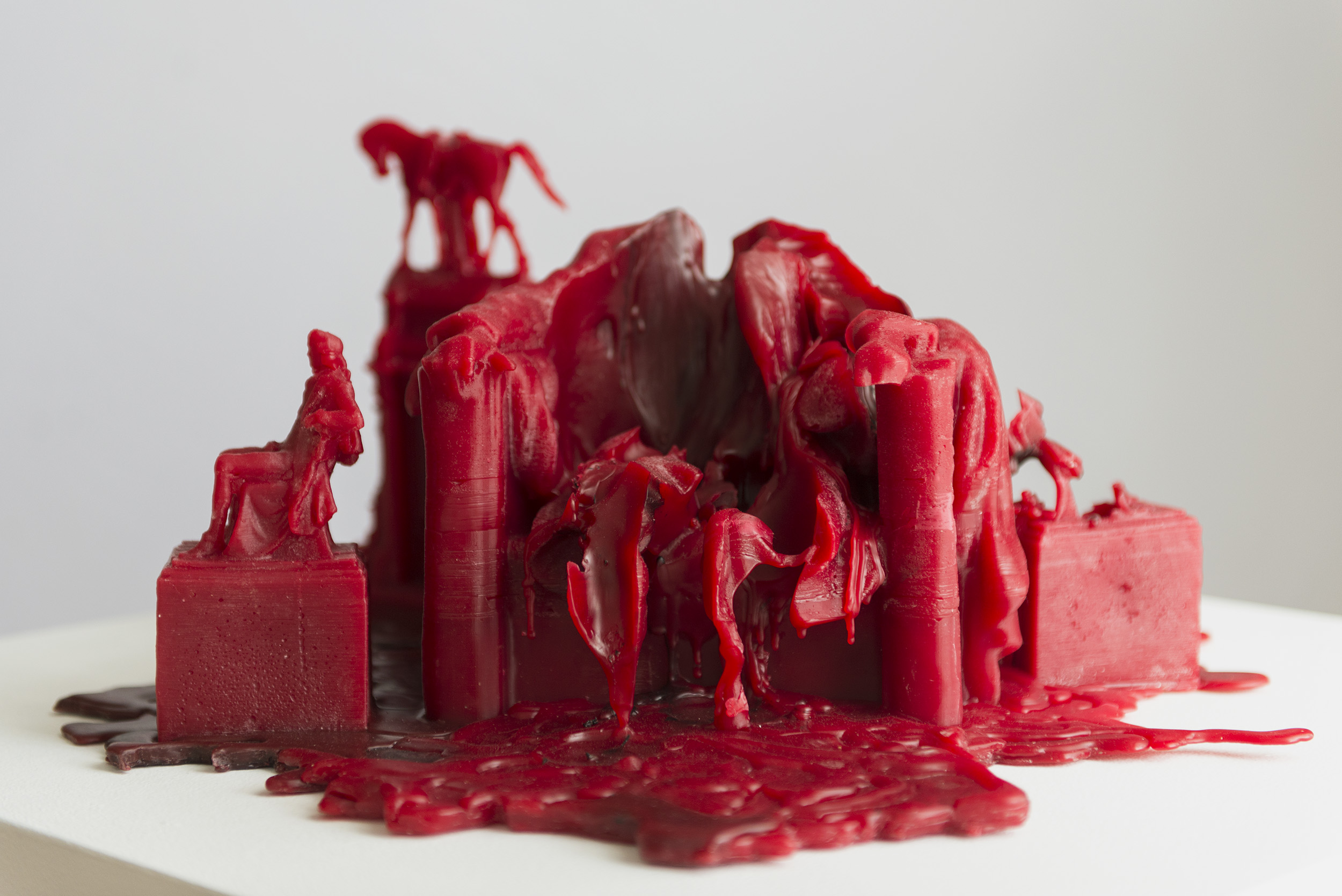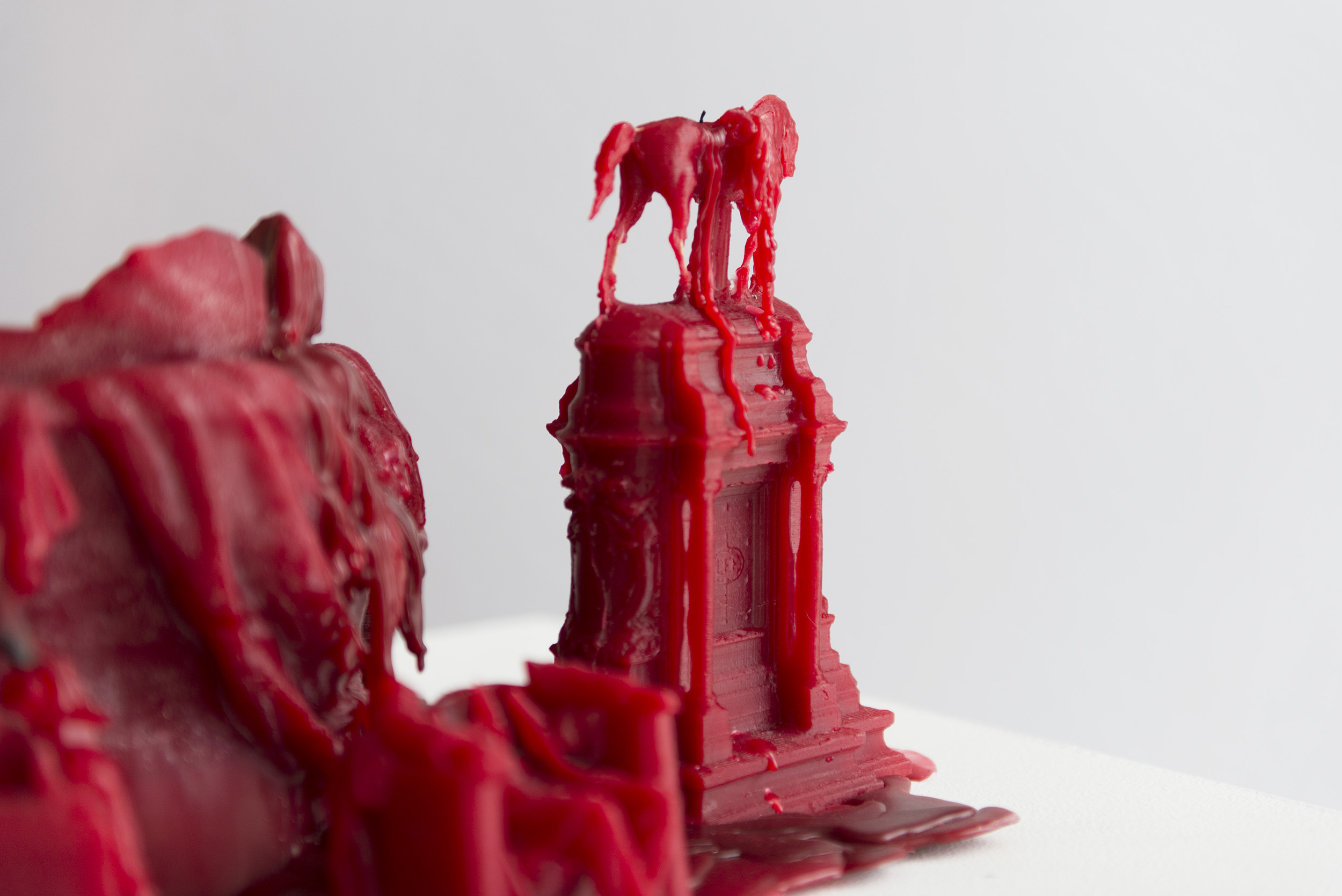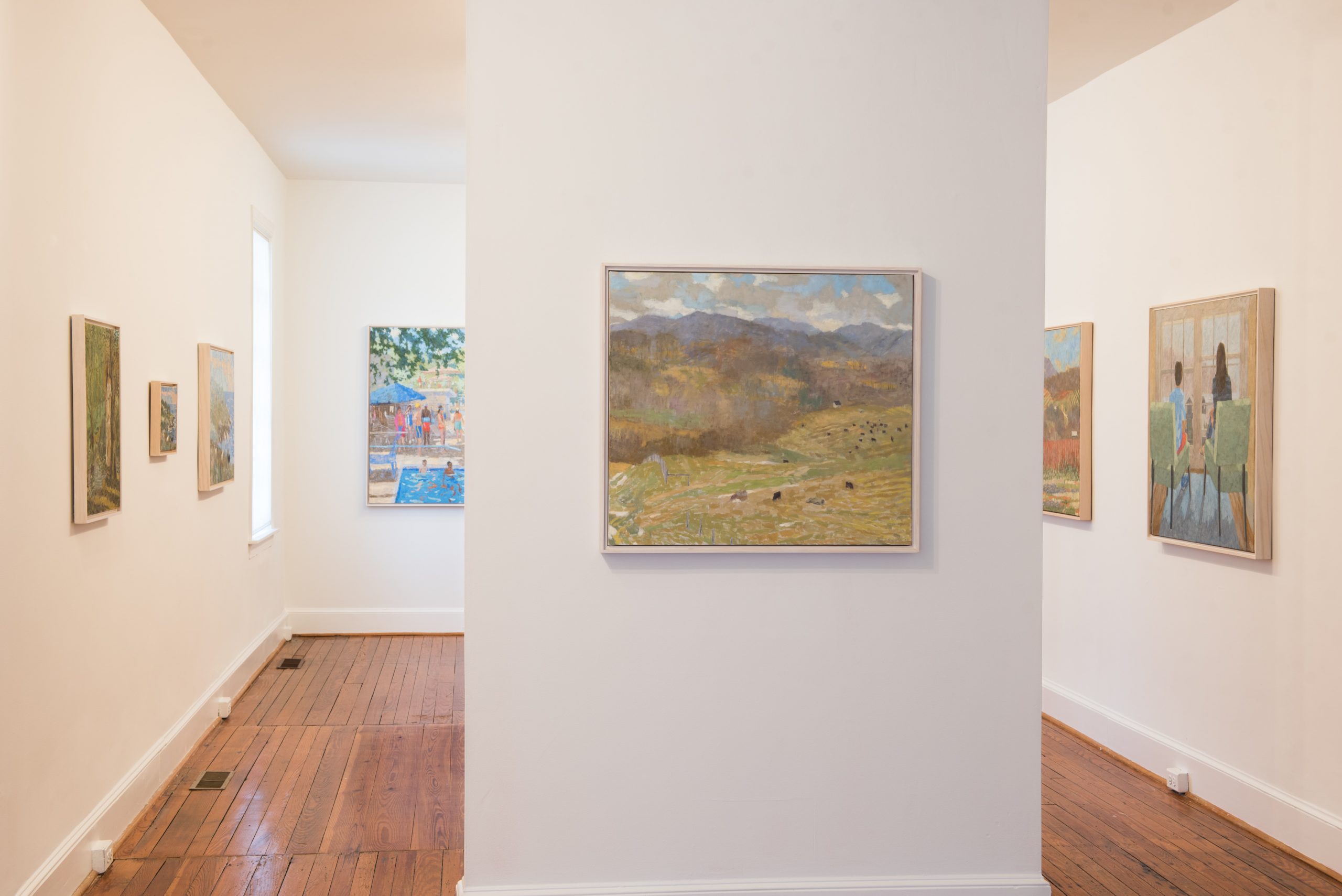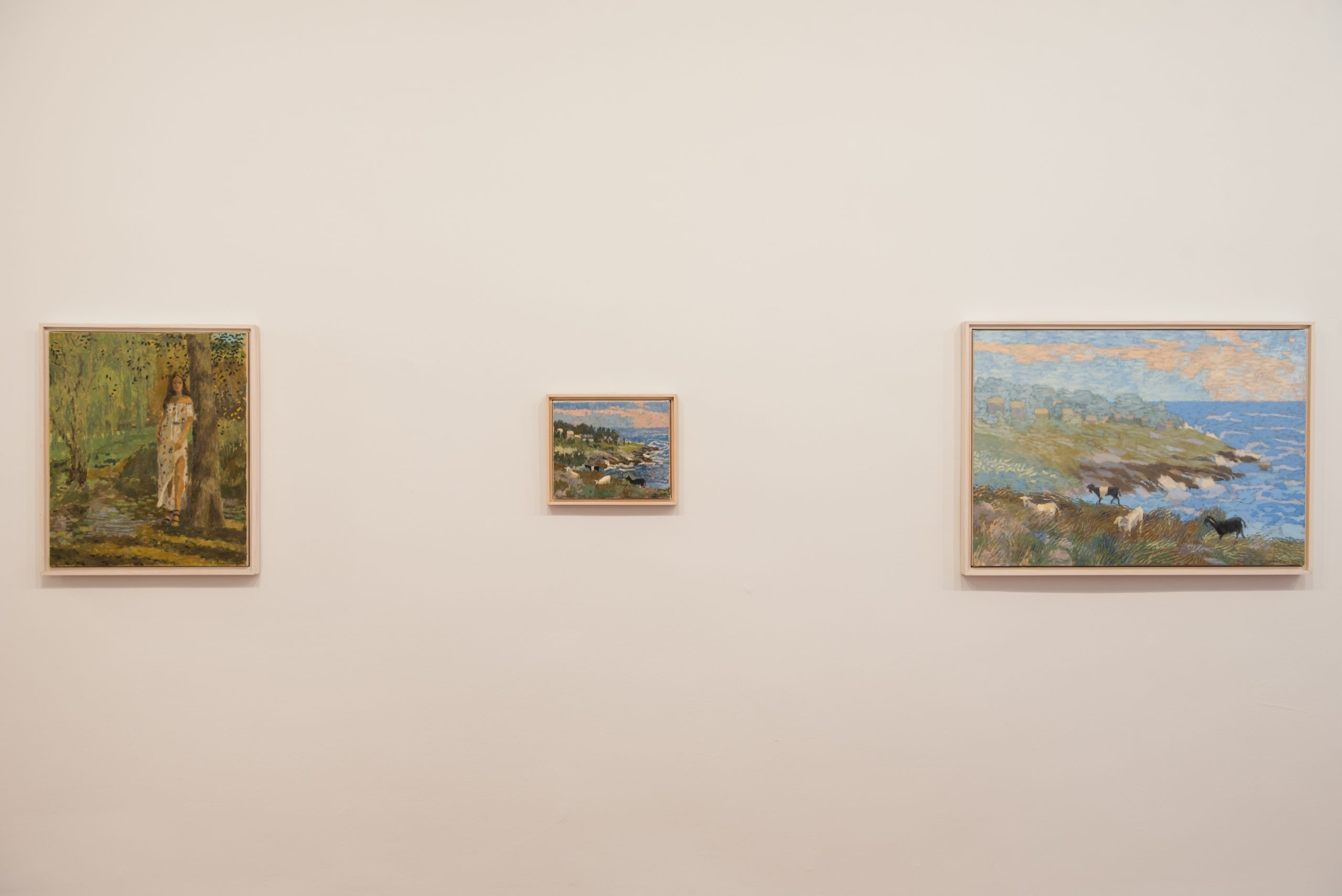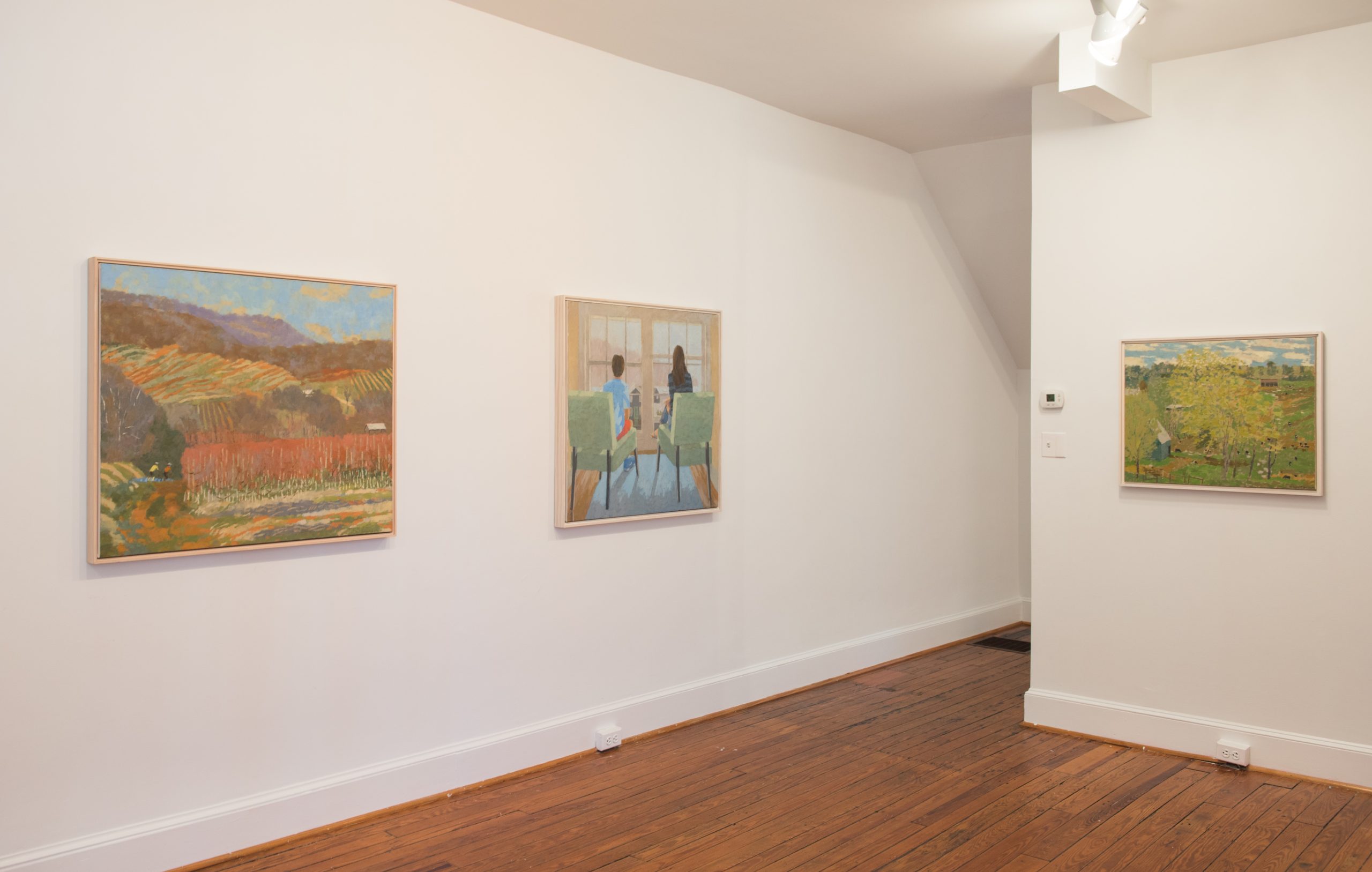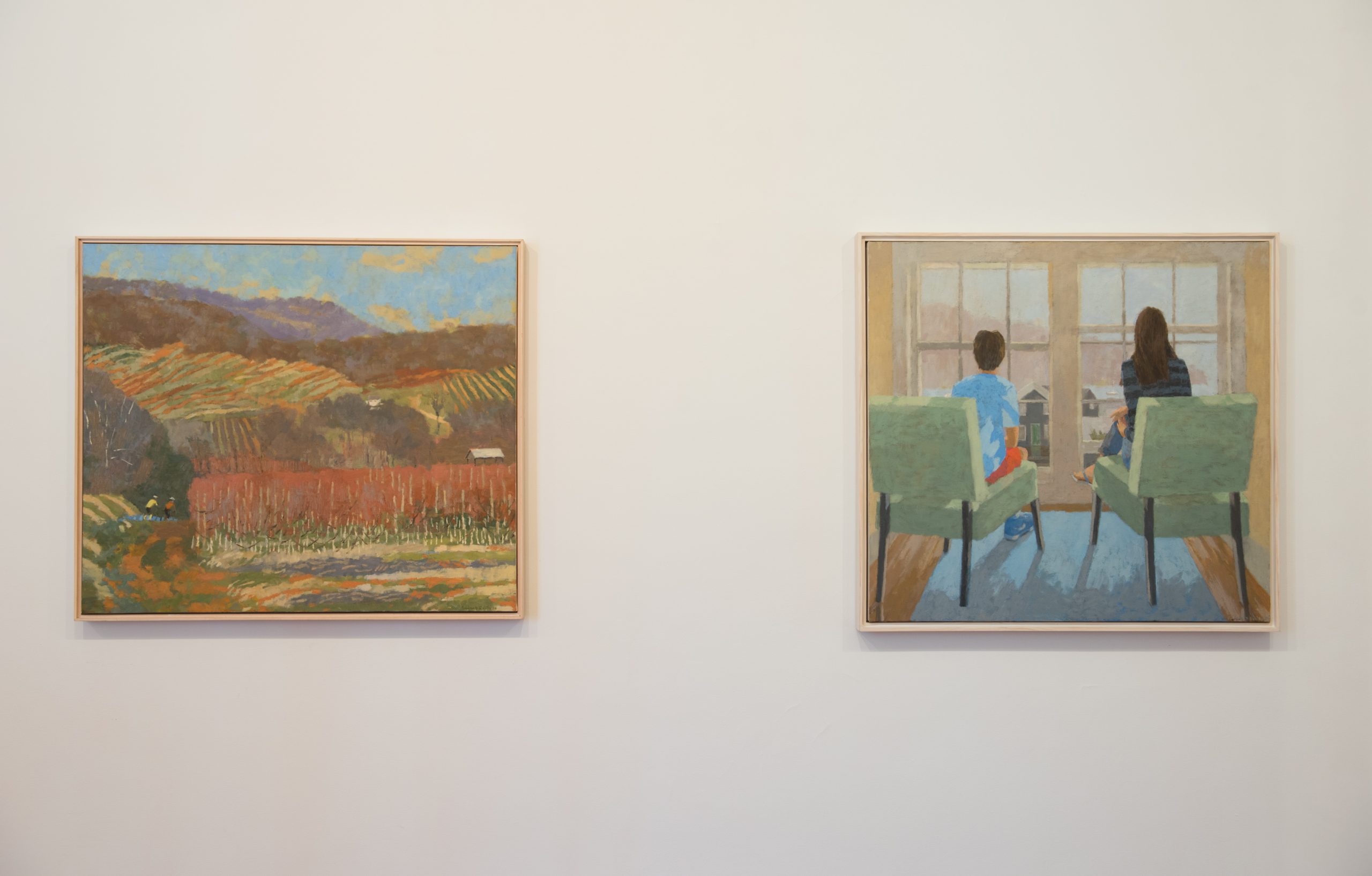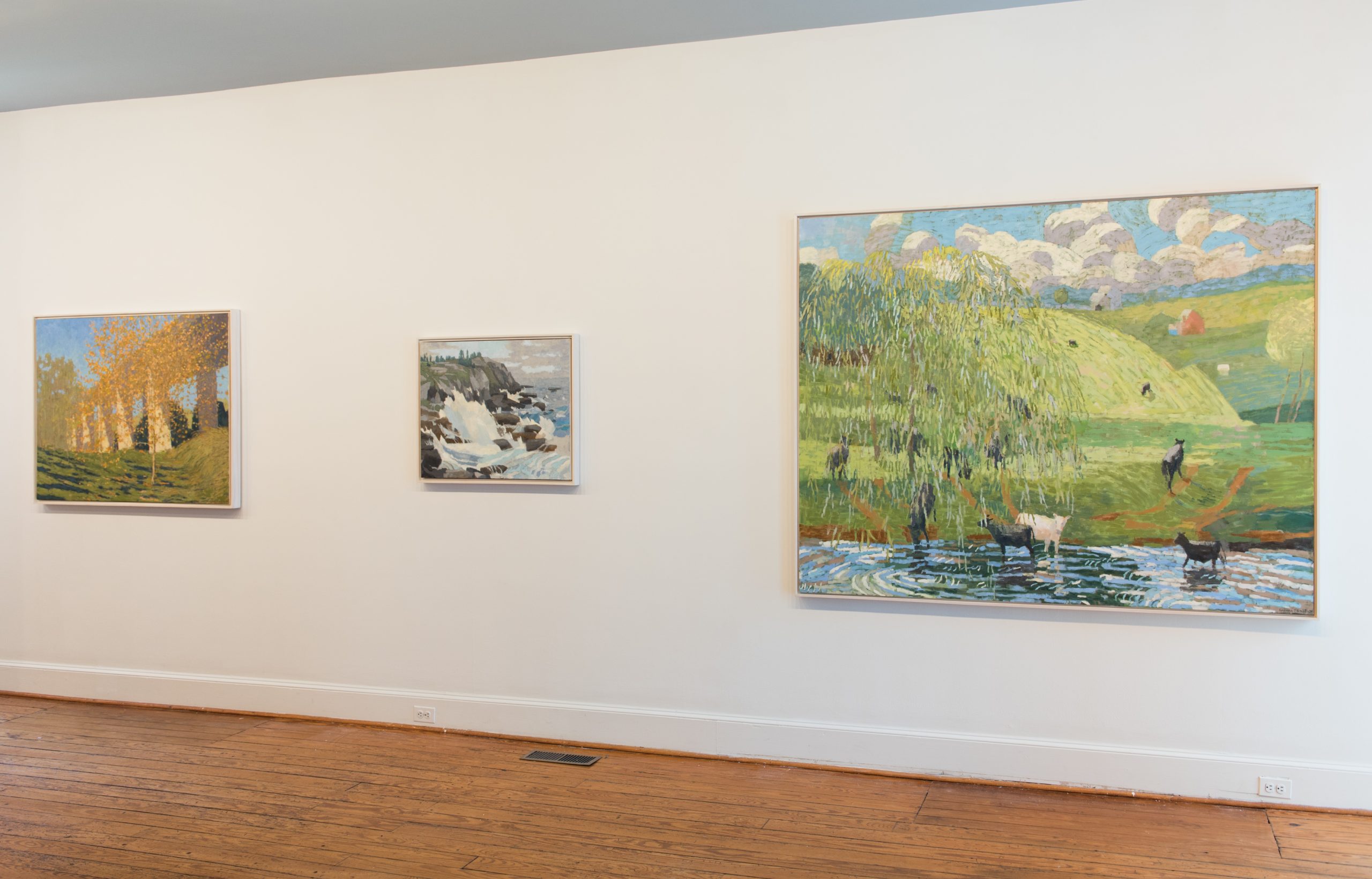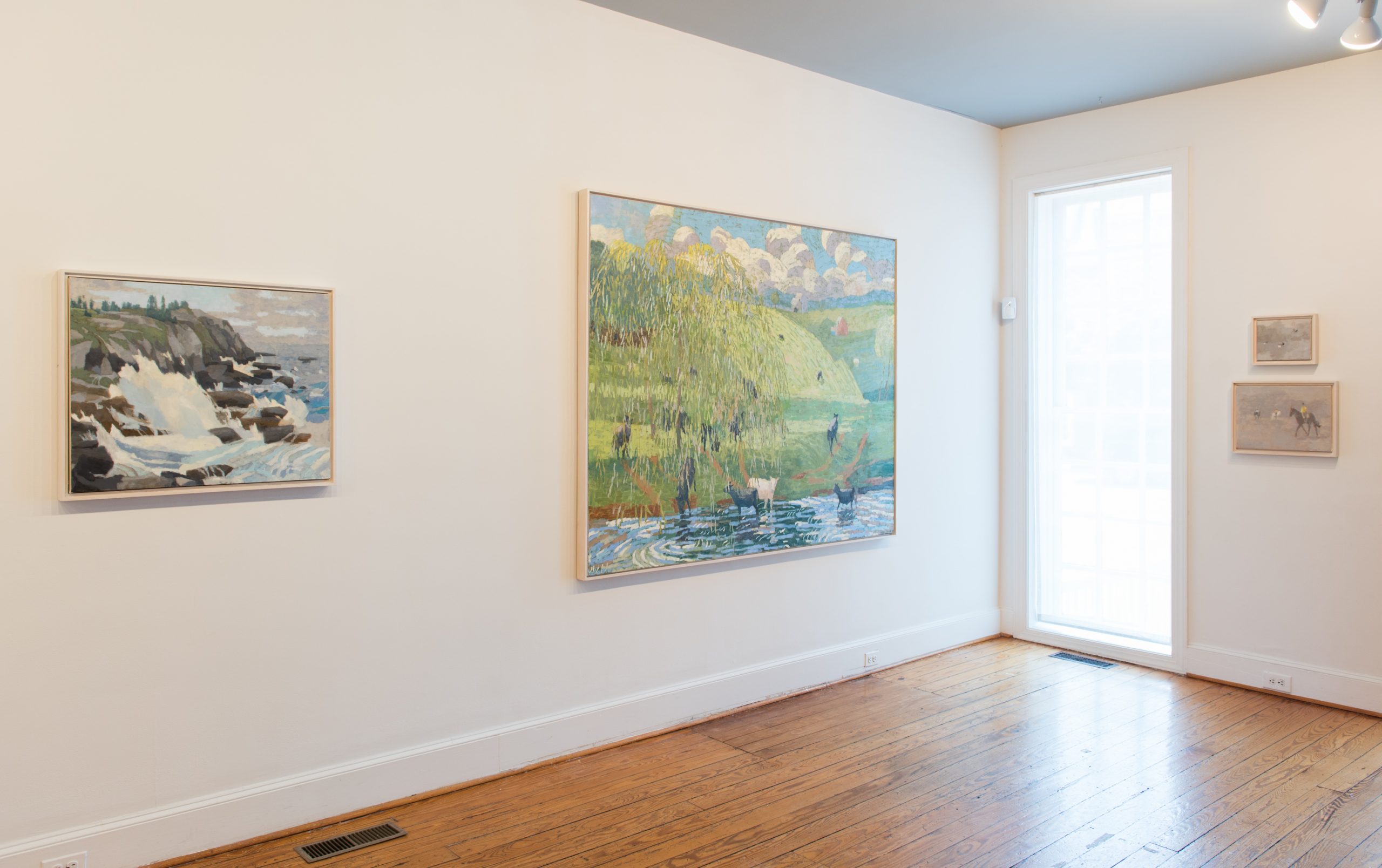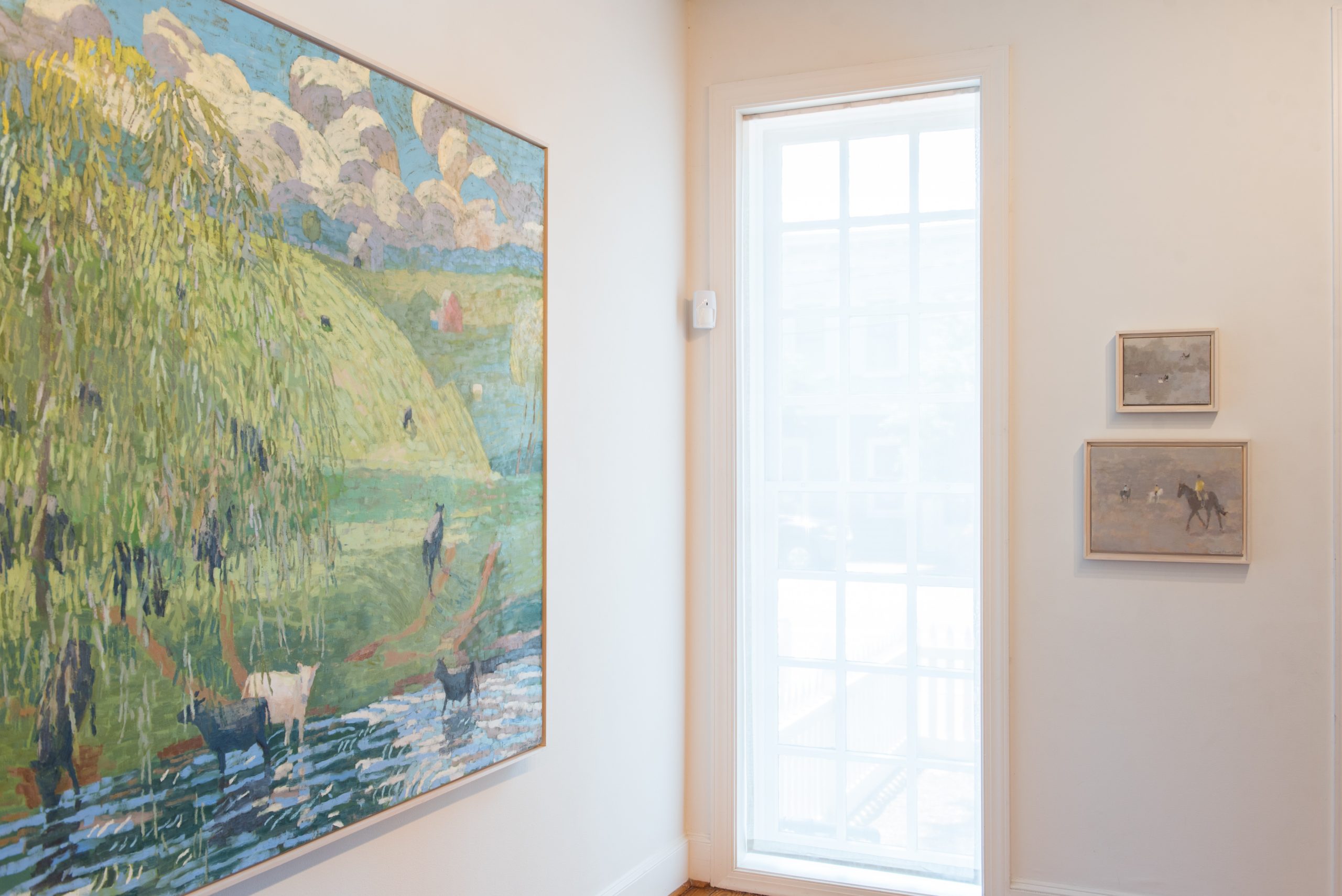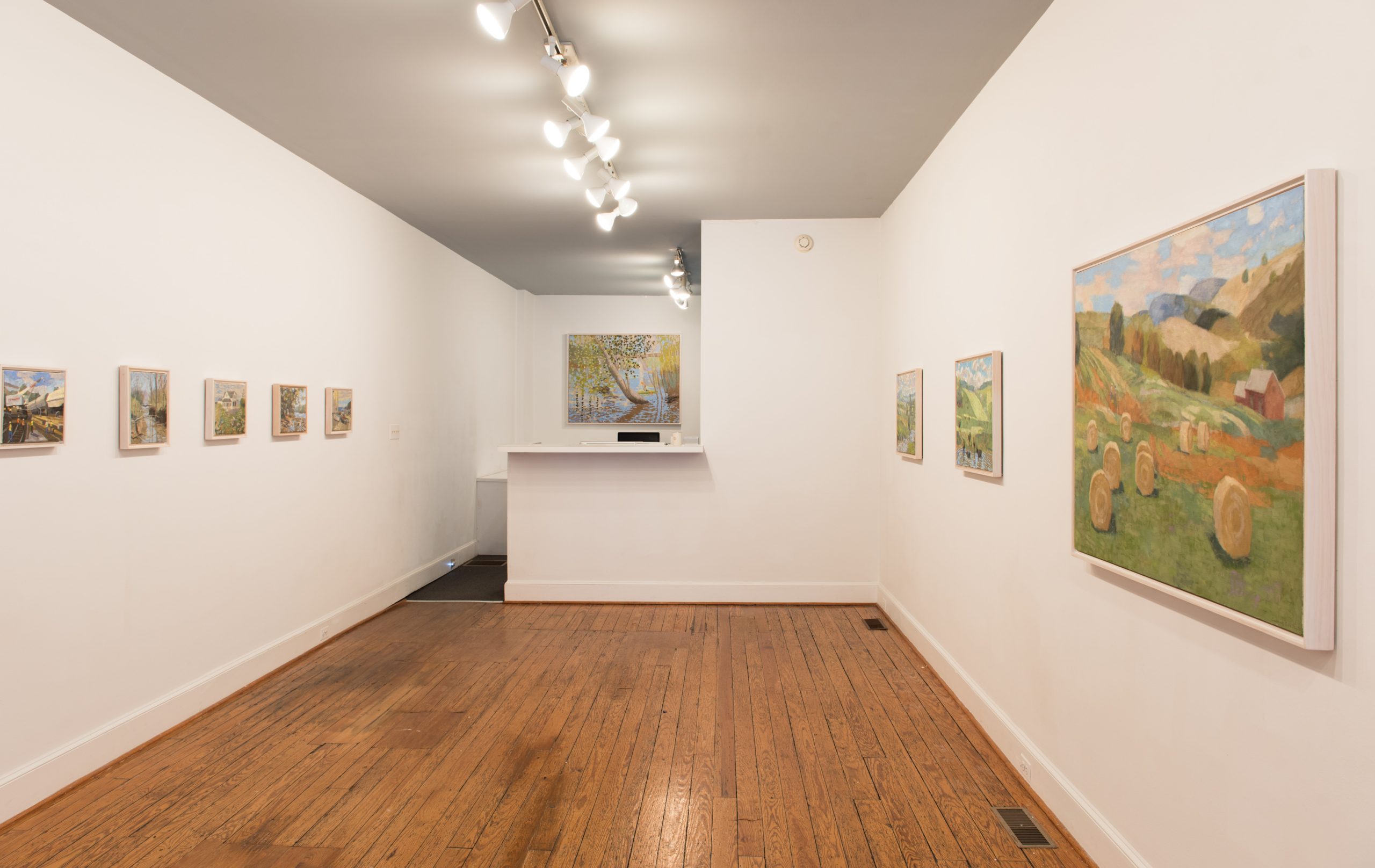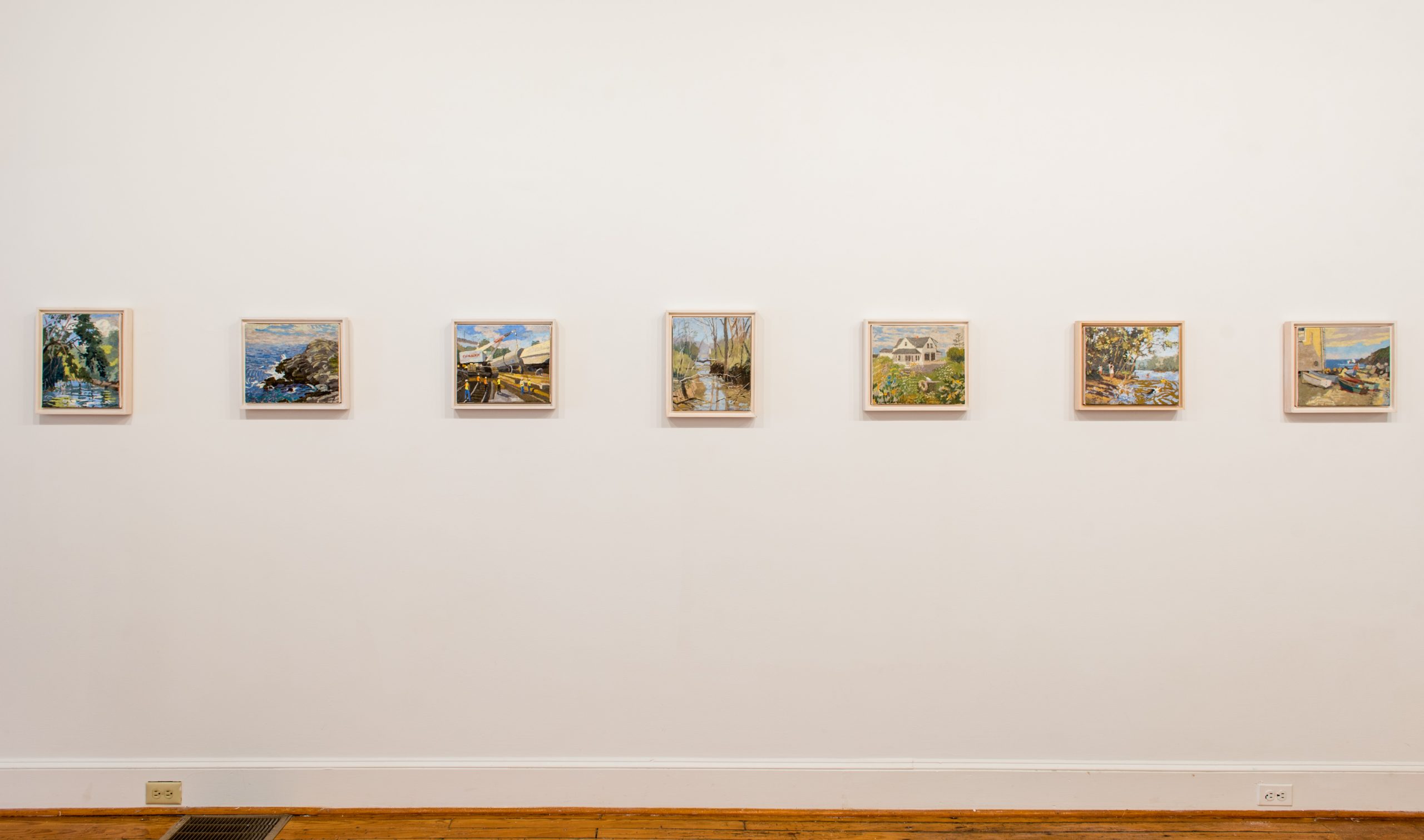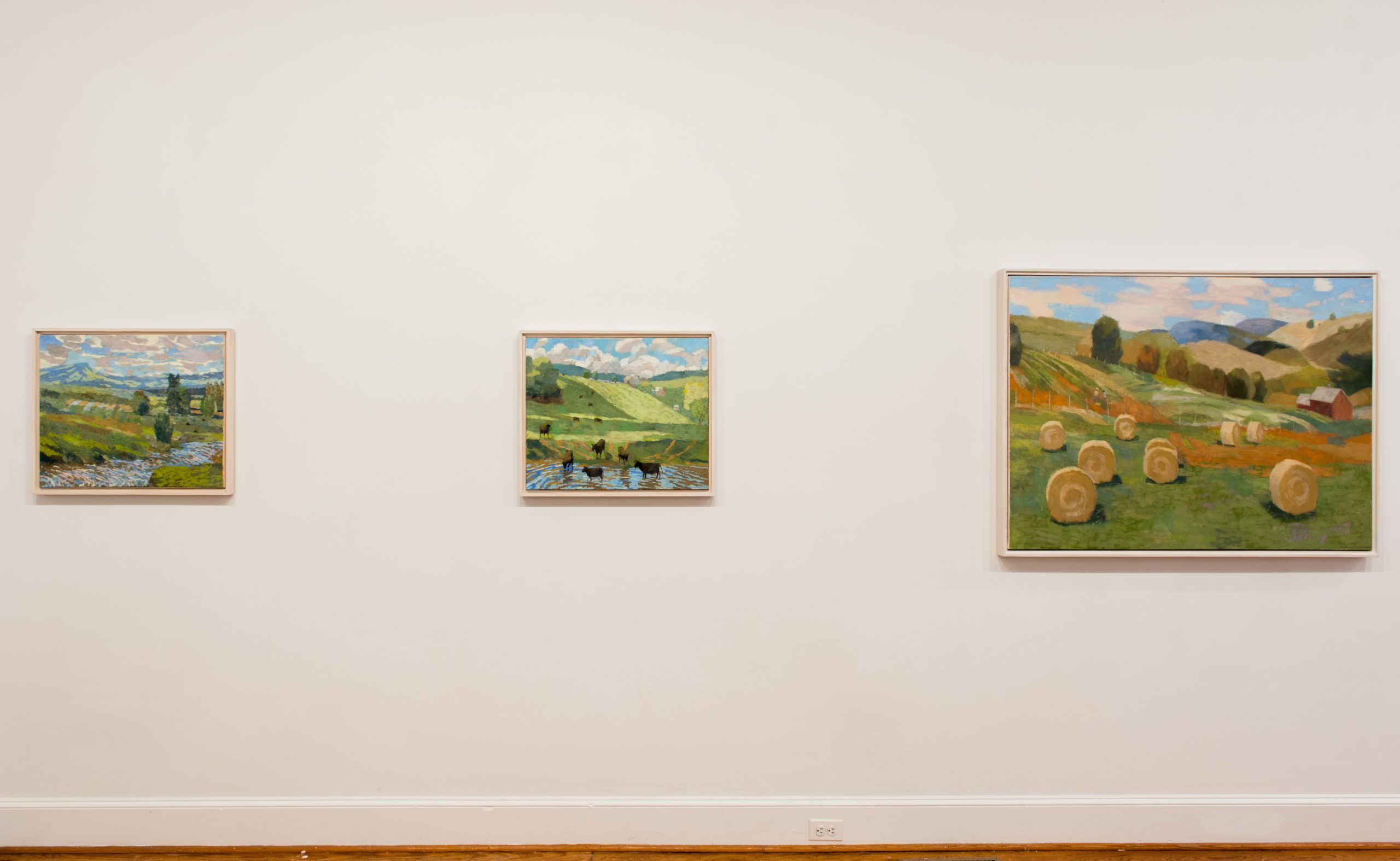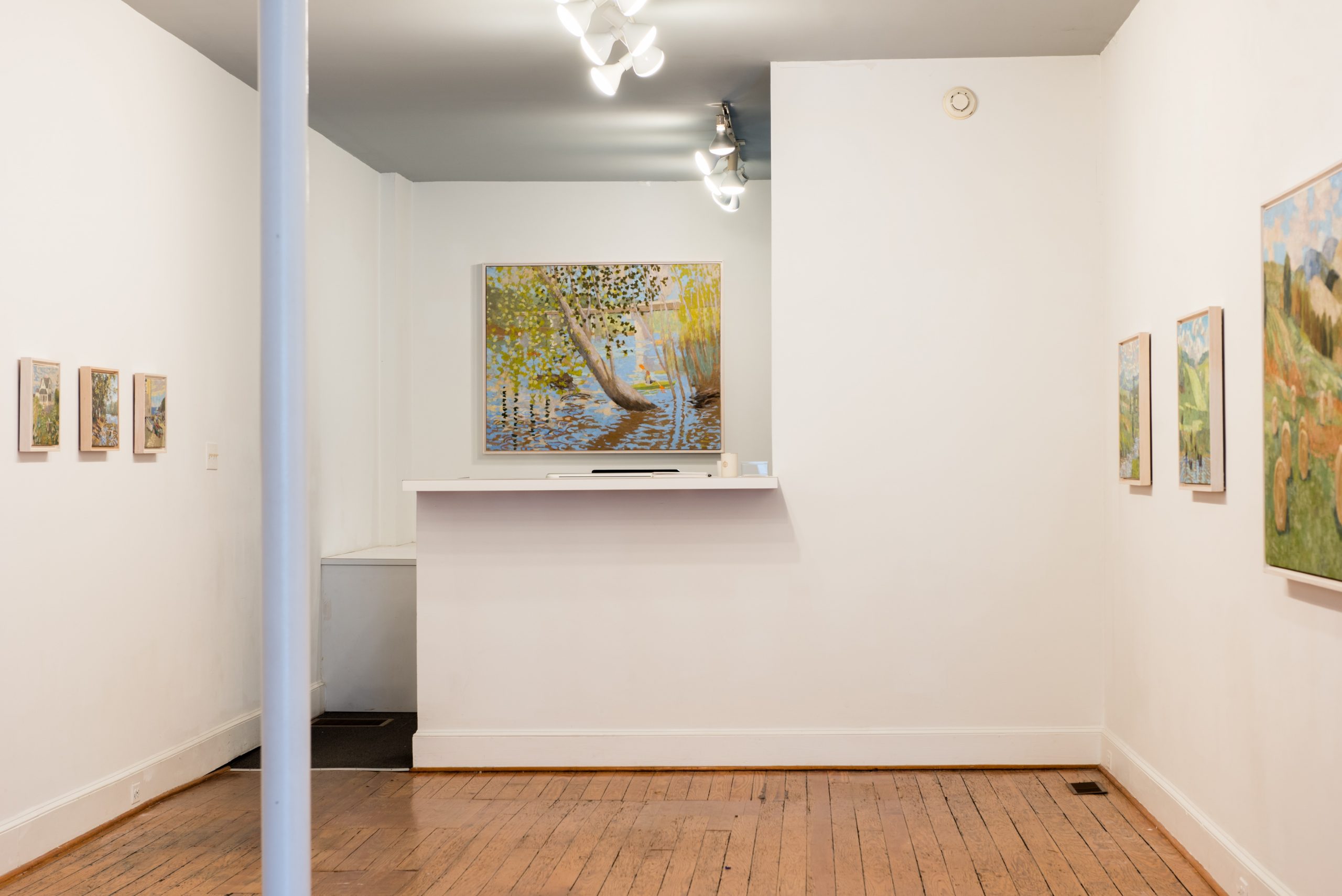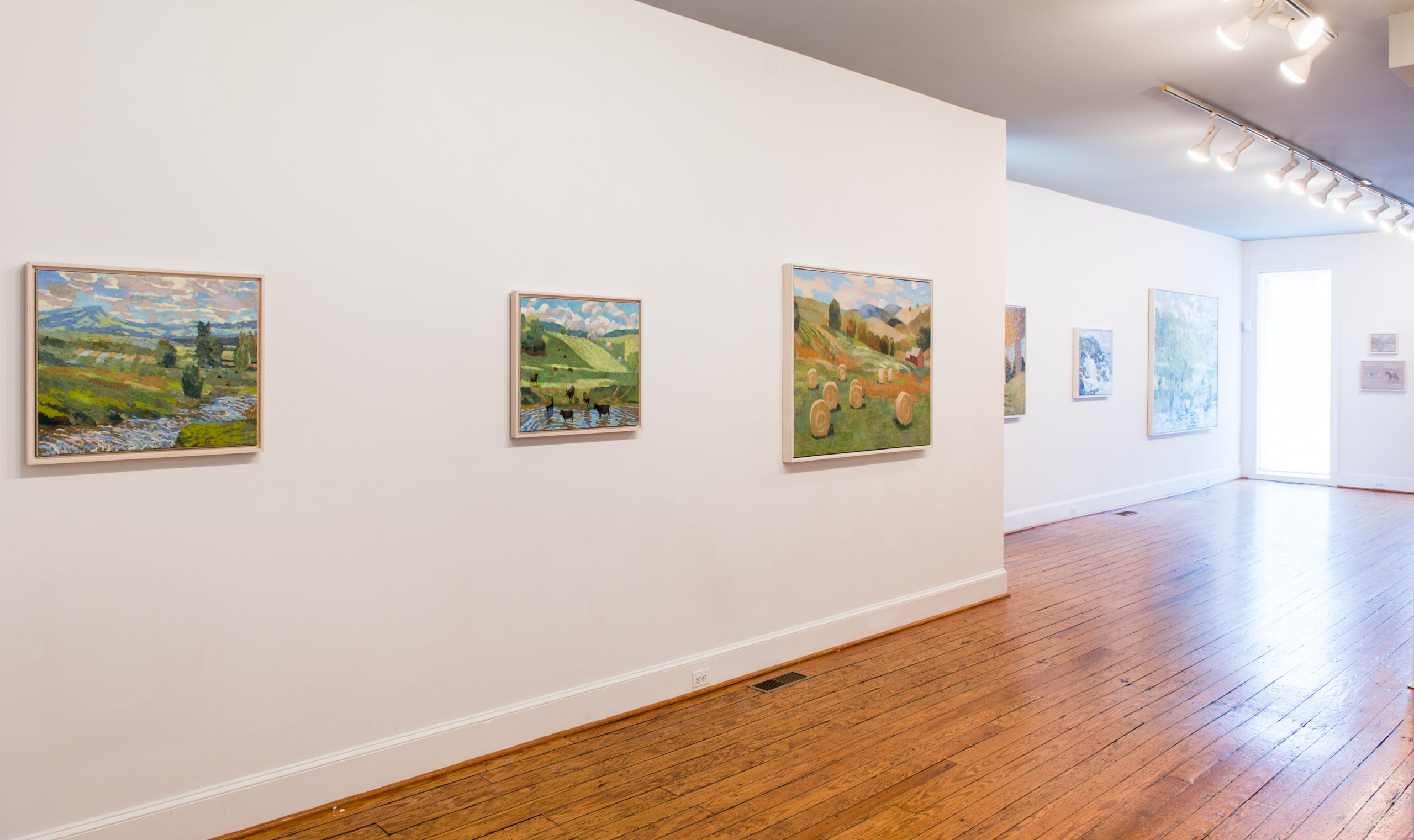
In the Studio

"I believe if Monet were painting today, he would set out in his van full of canvases and paint."
Much like a modern-day Monet, Andras (Andy) Bality is dedicated to the land and his eyes, the adventure and the process. He has painted for close to 40 years now; the Richmond-born and -based artist has become a well-known name in the arts scene, specifically plein air arts. You might spot Bality standing alongside the James River with an easel and smudged rag, blocking out color on the canvas as he paints a lively scene. He has covered endless Virginia vistas and travelled up and down the east coast, painting from life and taking the studies back to the studio.
The artist just opened a large solo show at the gallery in July, presenting paintings from Southwest Virginia, Richmond and various areas of Maine. Let’s dive a little more into this work and Andy’s practice both inside and outside of the studio.

What does a typical day look like for you in the studio?
My work days vary greatly. If it’s a studio day, I get up about 6:30, have a quick breakfast and get to work. I like to paint early, when I feel my sharpest. As my studio is in my home, I usually try and resolve things that I was thinking about while studying the paintings before bed. I mix in jogs, various exercises and dog walking about every 2 hours.
Why do you paint outdoors, or from live observation, as well?
Joseph Campbell said that the artist/painter is an alchemist. It’s observing something closely, getting down to its essence and then re-presenting the idea, turning it into gold, giving the viewer a possible path to get through a moment, a day, possibly a life.
With that idea, my plein air process is working on location outdoors. I like to either make 10” x 12” studies outside, which I then bring into the studio and enlarge, or I work on larger canvas sizes from 20” x 24” to 36” x 48” on location. It’s a very exciting and challenging approach to painting. There is no dilly dally, you make quick decisions and they work, or not.
How has traveling inspired your work? Any future trips planned?
I have always been drawn to Monet’s paintings. I found it interesting that he would take three- to four-month-long trips to find a new location to paint. I believe if Monet were painting today, he would set out in his van full of canvases and paint. A few weeks ago, my kids and I drove our van from Virginia all the way out to California for our summer trip. Inspired by the Western scenes, I made small watercolor and oil paint studies along the way, capturing views of Lake Tahoe and the Pacific. Next summer, I plan on making a solo trip out west to just focus on New Mexico, Colorado and California.

A series of studies the artist painted while in California (2020, oil on canvas, 10 x 12 inches, each):

Pacific Coast Sonoma County CA

Lake Tahoe II

Lake Tahoe I
Why do you like to work with oil paint instead of acrylic paint?
The main disadvantage for me with acrylics is that they dry a different color than when they were wet. Also, the drying time of acrylics is very fast, especially if you are painting outdoors in the sun and wind. So I use slow-drying oil paints instead. And when traveling, I prefer to use watercolors for quick studies.

Installation view from Andy’s current exhibition, “Silver Lining”

Studio shot
What landscapes are you exploring in these new (exhibition) paintings?
The paintings in my current exhibition “Silver Lining”, depict subjects I have focused on for most of my career. Some of the landscapes are based on scenes from Monhegan, Maine, where I was inspired to go after learning many of my favorite American painters went there to work, including Robert Henri, Edward Hopper, Winslow Homer and many others. The rest of the paintings are based on Virginia scenes. I find that wherever I am--in France, Cyprus or Virginia--I look at the landscape and am constantly thinking how I would resolve the scene before me. I am especially drawn to the little, seemingly inconsequential things.
What’s next?
I am very excited to be working on two large paintings, which will then be enlarged to 10’ x 16.5’ installations installed in the James Center in Downtown Richmond. The subject matter will be two views of the James River from about the same spot, with one view looking East and the other West.
To see more of Andras Bality’s current work on view in his exhibition “Silver Lining” click HERE.

Cow Pasture River in front of Camp Mount Shenandoah , 2020, oil on canvas, 12 x 10 inches

Andy capturing the James River Park System in Richmond

Self Portrait

Studio shot

Silver Lining installation view

Painting around Virginia

At the 2019 Bath County Plein Air Festival
Andras Bality grew up in Richmond, Virginia, where he currently lives and works. In 1986, he completed his undergraduate work at Virginia Commonwealth University and later enrolled in graduate classes at Cyprus College of Art, Lemba, Cyprus, in 1987. Since then, Bality has mounted exhibitions at venues including Jack Blanton Fine Arts and 1708 Gallery, both, Richmond, VA; the Peninsula Fine Arts Center, Newport News, VA; Wall Street Galleries, New York, NY; the Ernst Museum, Budapest, Hungary; and the Ora Gallery, Nicosia, Cyprus, among others. His work is held in collections throughout the country, including The University of Virginia Healthcare System, Marsh Art Gallery at the University of Richmond, Federal Reserve Bank, Medical College of Virginia, the College of William and Mary, Lewis Ginter Botanical Garden, Markel Corporation, and The James Center. He is a recipient of the Virginia Museum of Fine Arts Professional Fellowship and a Theresa Pollak Award in Visual Art.






